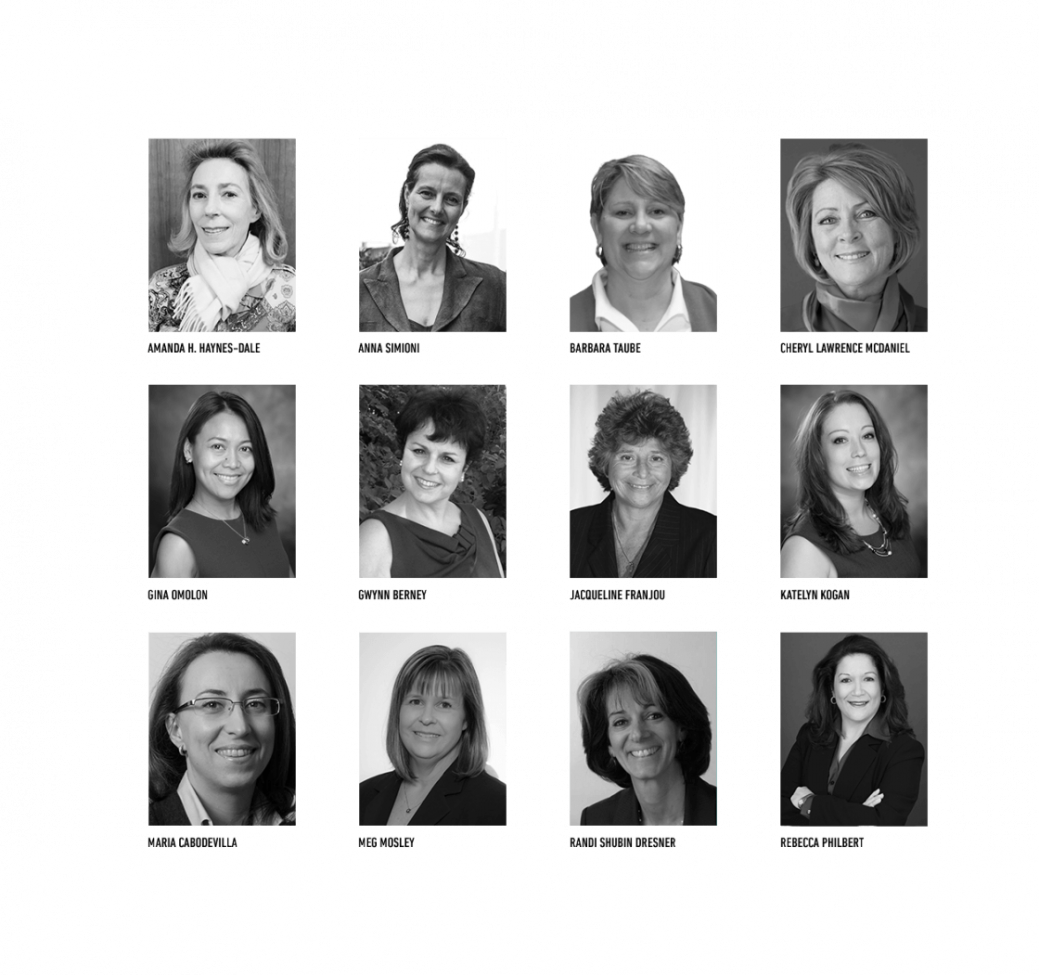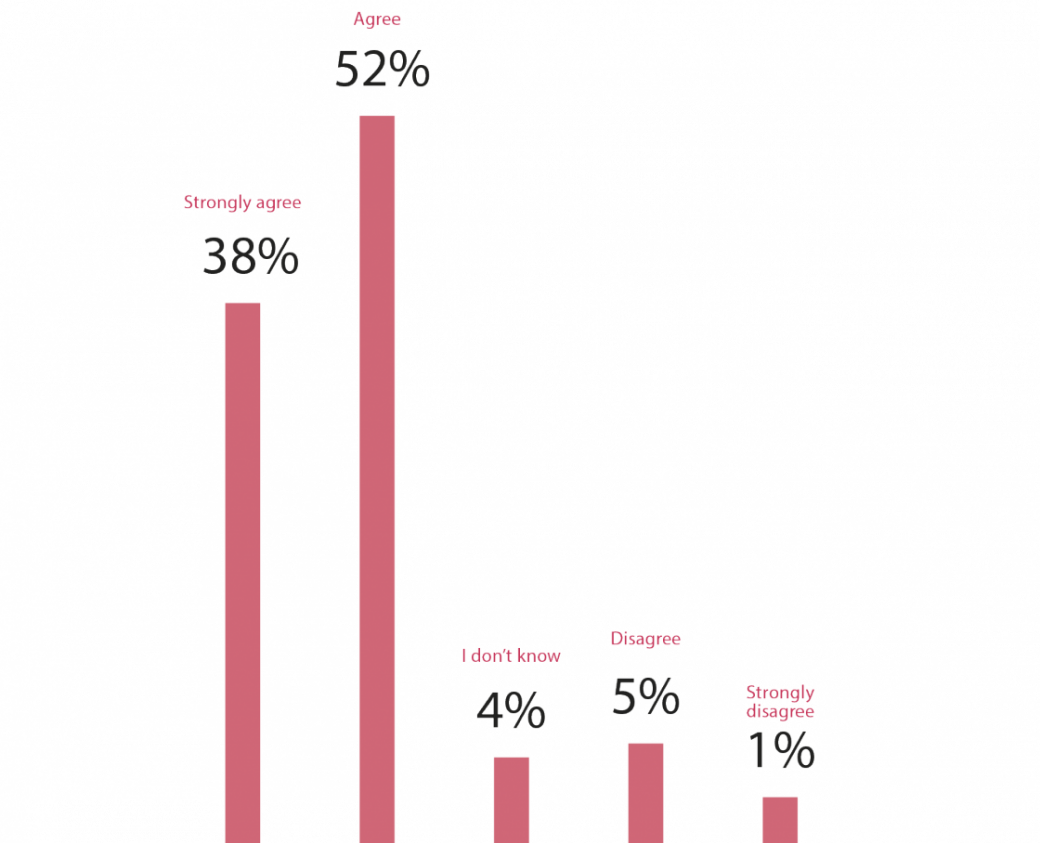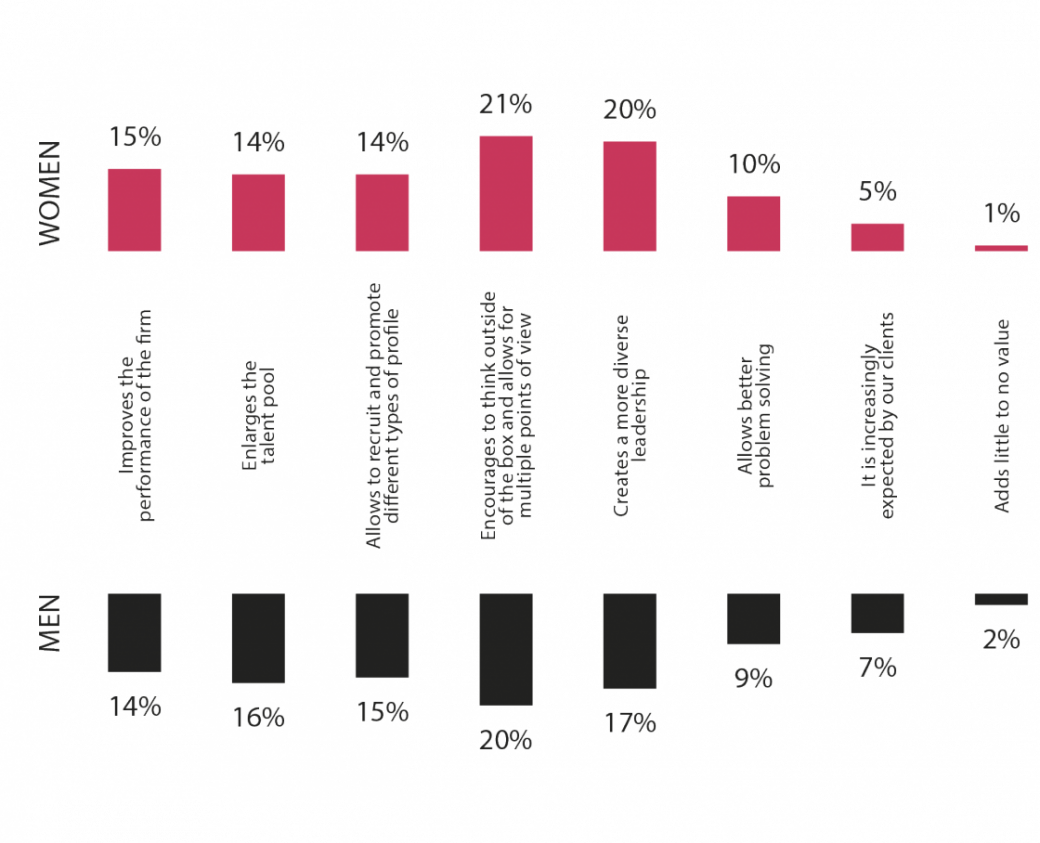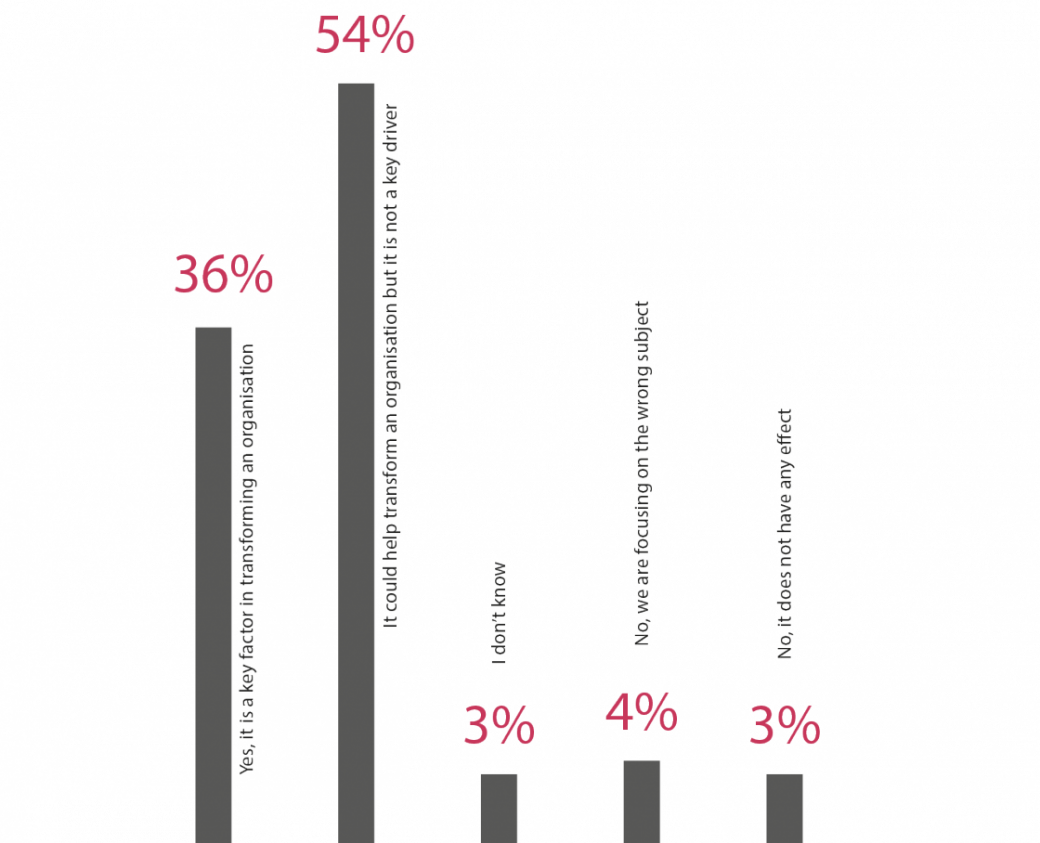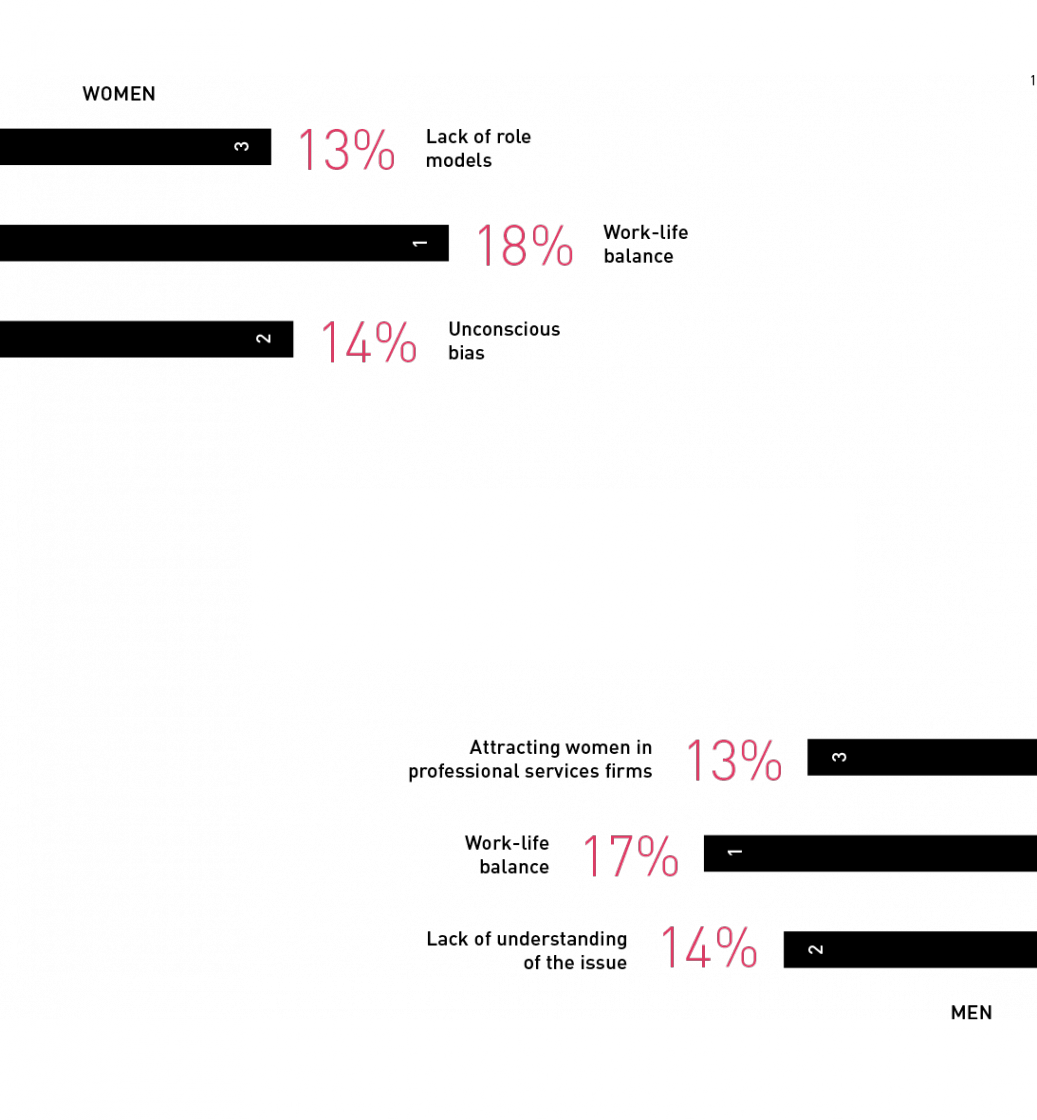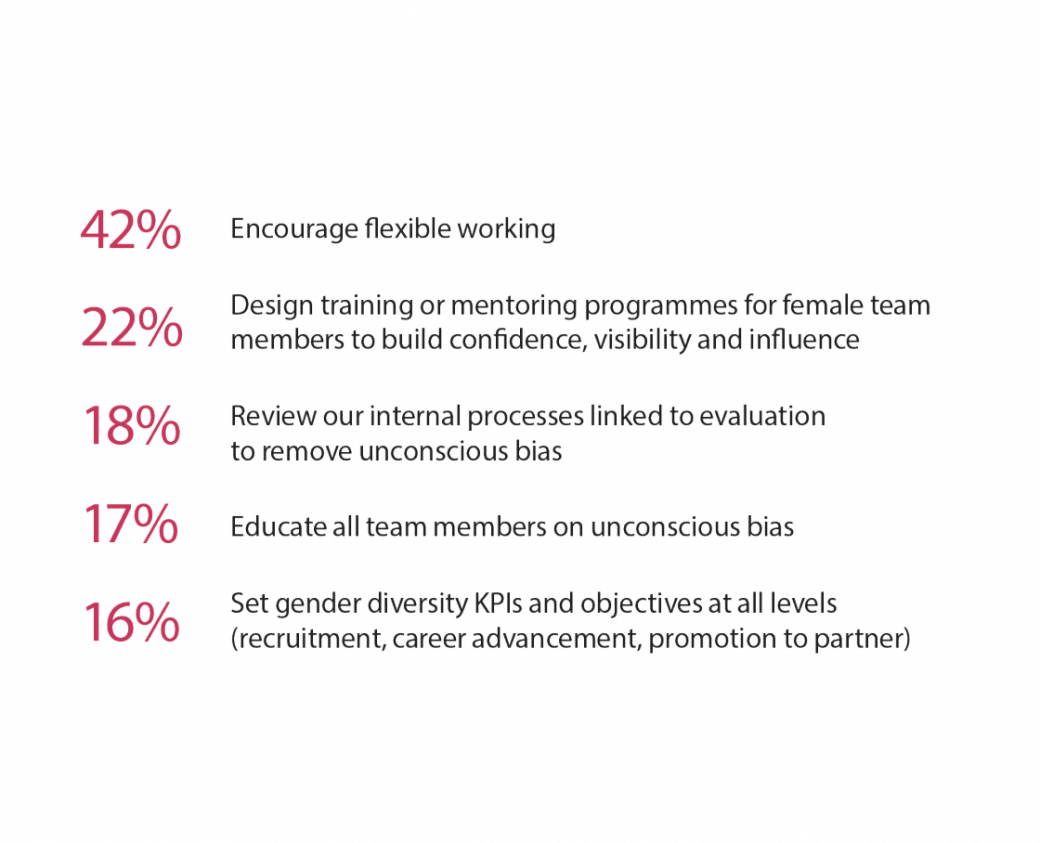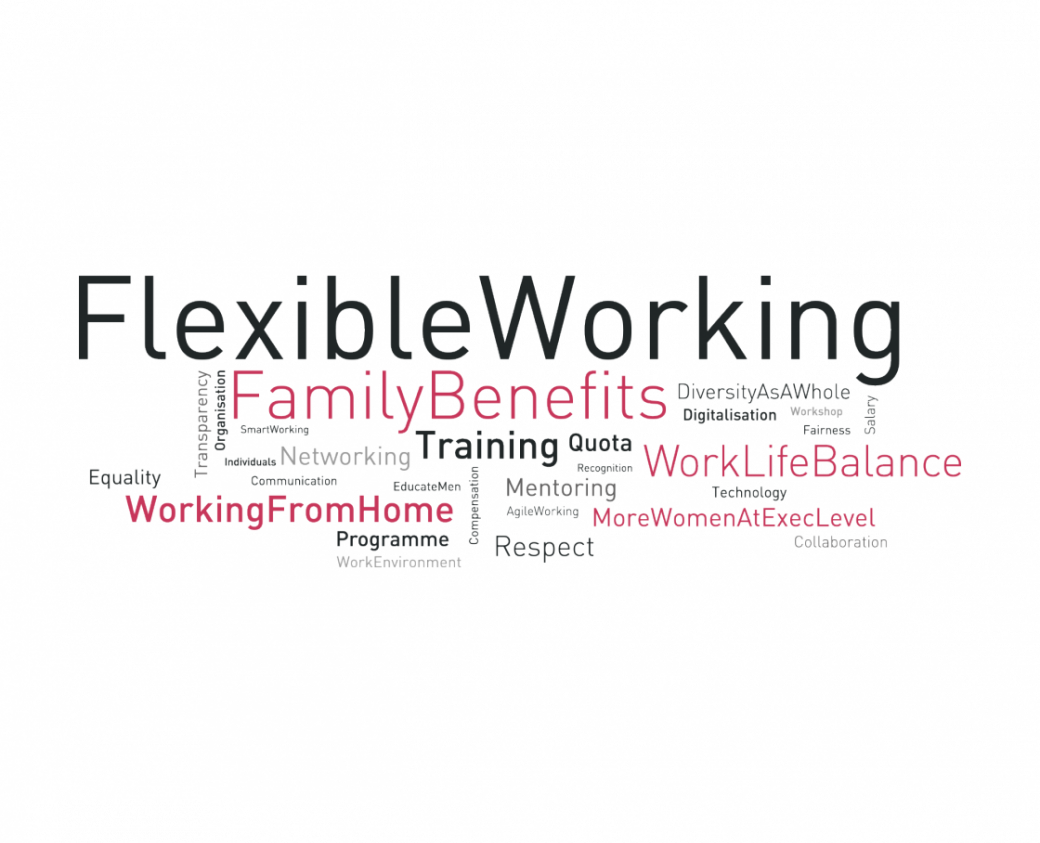Leveraging the Value of Diversity
There is a clear, universal call for more diversity. Both ‘gender equality’ and ‘reduced inequalities’ feature in the 17 sustainable development goals which came into effect on january 1st 2016 as part of the 2030 agenda for sustainable development of the United Nations’ Global Compact(1).
Defining diversity
Some will associate the term ‘diversity’ with equality in numbers and demographics; simple facts such as the low rate of women making it to managerial positions(2) in the business community are both well-known and quite easy to grasp. Others will stress cultural aspects such as openness to different points of view.
Yet, when asked(3), female business leaders unanimously prefer a combination of both definitions, underlining the polysemic nature of the term. Randi Shubin Dresner, President and CEO of Island Harvest Food Bank captures this impeccably: ‘Diversity encompasses acceptance and respect and an understanding that each individual is unique. This can be along the dimensions of race, ethnicity, gender, sexual orientation, socio-economic status, age, physical abilities, nationality, religious belief, experience, interests, and other ideologies.’(3)
It seems that we cannot define diversity anymore with a set of nicely delineated boxes, as an individual alone can embody a multitude of the different dimensions highlighted above. Jacqueline Franjou, CEO of the Women’s Forum for the Economy and Society, goes even further, stating ‘I don’t like the word ‘diversity.’ We should use inclusion, respect. We should live in a world where we can change altogether, men and women alike. Do we say that men represent diversity? We should extend that notion. ‘Diversity’ is quite a broad concept; it can encompass men, women, geographic origins… Diversity is a difficult word for me to understand.’(4)
This broad definition makes the topic all the more interesting but also more complicated, especially when we are talking about diversity in the workplace, where it ‘means having different perspectives reflected and considered in the decision-making process’ (Meg Mosley, North American Group Controller, Technicolor(3)).
Whyis Diversity that Important Anyway?
Beyond the obvious benefits for women, there is a case to be made that gender diversity also serves the interests of the entire organisation. ‘It’s not just morally and ethically right to give everyone a seat at the table, but it’s good for business too’ states Rebecca Philbert, President and CEO at Best Yet Market Inc. ‘When a group of individuals showing generational, social, educational and professional diversity come together to work towards a shared goal’ continues Philbert, ‘they benefit from their collective experiences. Just as importantly, the organisation benefits from these experiences as well.(3)’
Echoing this point of view, the results of Mazars’ first gender diversity survey(5) not only overwhelmingly show that the topic interests the firm’s staff and partners – 90% of them answer that it does matter for them –, but also that gender diversity initiatives are seen as favourable for the whole company.
Do you agree with the idea that developing gender diversity initiatives in the organisation (work environment, work-life integration, career development, collaboration…) brings benefits to all staff members, beyond women?
Going into further detail, the answers allow us to understand how gender diversity initiatives are viewed as a source of benefits for the whole organisation. Interestingly enough, the results shed light on three major aspects: first, these initiatives encourage a more creative mindset (thinking outside the box, expressing diverging ideas, better problem-solving capabilities.) Second, they allow an increase in the quality of recruitment (enlarging the talent pool, being able to recruit different types of profiles, creating a more diverse leadership.) Finally, they make room for improved performance (answering clients’ requests, but also improving the overall success of the firm).
In what ways do you think gender diversity would add value to Mazars?
From a more strategic point of view, it is even possible to argue that these programmes can help a business become more agile. When Mazars’ professionals were asked whether gender diversity could be a lever for change in the organisation, 90% answered positively.
It is by no means a surprise that 88% of Mazars partners believe that accelerating gender diversity is of strategic importance for the Group(6). But how can a business make tangible progress in this field?
Do you believe that gender balance is a driver in transforming organisations?
A rocky road ahead
Even though things are progressing, achieving gender equality still seems a long way off. For instance, women saw bigger gains in terms of career progression between 1985 and 2000 than they have seen since(7). This seems to be confirmed by first-hand evidence gathered by business women with international experience: ‘most of the countries I have visited remain fairly homogeneous and lacking in diversity,’ says Gwynn Berney, CEO of Don Jagoda Associates, Inc.(3)
The consensus maintains that the tone must be set at the top: if management and business leaders do not embrace diversity and walk the talk, then little tangible progress is to be made. The problem with the diversity issue is that it pushes people ‘out of their comfort zone,’ explains Cheryl Lawrence McDaniel, President and Owner at Direct Success(3).
‘Undoubtedly, there is no lack of talent, but the real challenge is about allowing those candidates who do have qualified skill sets to thrive in a culture in which they may not necessarily be familiar,’ concludes Amanda H. Haynes-Dale, Managing Director at Pan Reliance Capital Advisors(3).
Therefore, ‘as business leaders, I think this starts with you. If you respect, honour and embrace the differences in those you work with, others will follow,’ reiterates Barbara Taube, Senior Vice President at Guarantee Trust Life(3).
When it comes to identifying the most difficult obstacles, at Mazars, both men and women placed work-life balance as the number one hurdle on the road towards a more diverse workforce and ecosystem.
What are the most serious obstacles to developing gender diversity at Mazars?
Today, any female executive will mention work-life balance in one way or another. Some, like Meg Mosley, bravely point out that they were unsuccessful in this matter. Mos female business women maintain it is difficult, but it is something they must work on because it ultimately helps them be more well-rounded people. For instance, Gina Omolon(8), Senior Audit Manager at Mazars, gives financial literacy courses outside of work because it was always her ‘desire to be part of something bigger’; or Katelyn Kogan(9), Audit Manager at Mazars, who makes sure to catch her gym class because ‘it helps me get through busy season,’ she explains.
So far, the main obstacle thwarting women in the business community is that ‘the system has not adapted,’ as Berney contends, and that an outdated model prevails whereby ‘it is only up to the woman to find that balance’ as Philbert indicates.
‘Diversity per se means nothing’ explains Anna Simioni, Leadership and Change Topic Leader at The Boston Consulting Group. ‘What interests me is to go beyond diversity. By itself, diversity is not a value. The important part is to create the conditions to leverage diversity. On its own, it’s just a statistic’(10).
Professionals want organisational changes that enable them to work in more agile and innovative ways; they want to feel supported. Yesterday’s regimented diversity programmes do not work because force-feeding fails(11) and because ‘challenging stereotypes must be a way of life, not just a statement’ states McDaniel. ‘In fact, forcing people will not have the desired outcome, and sometimes could actually encourage the contrary. Counterintuitively, this negative sentiment might not only be felt among the ‘constrained’ population, but it can also be felt by the token woman if placed in a role for diversity sake, instead of her abilities’ explains Mosley.
Concrete Solutions that Benefit All
From this point of view, it is up to organisations to create the right kind of ecosystems where the real value of diversity can flourish. Steering away from punitive stances and formal approaches, the sensible way to address the issue may involve providing incentives to encourage diversity, but first and foremost, giving women the right support and tools to prevail intheir business environment.
When Mazars’ professionals were asked how diversity could be further advanced, they clearly showed a preference for organisational changes in line with the way they conduct their daily work.
What initiatives would best foster gender diversity at Mazars?
The results are quite clear: for business leaders and executives to concretely fulfill their commitments to diversity, addressing the issue of work-life balance has become crucial.
Not only do women call for this, but the younger generations expect to be able to work in smart and agile ways.
The analysis of more than 400 qualitative comments in Mazars’ gender diversity survey speaks for itself: the size of the words below reflect their frequency.
In addition to balancing personal and professional spheres for all, it is crucial to provide women with positive role models. This observation was one of many that inspired the WOW programme at Mazars in the United States.
This fully-fledged programme is based on the belief that it is more by developing, mentoring, and retaining talented women that diversity in the workplace can be achieved, and outlines specific actions towards that goal.
In the same vein, the first ‘Women Leaders @Mazars Seminar’ gathered 44 women from more than 20 countries in Milan, Italy, in October 2016, around three main pillars: leadership, business development, and innovation.
As stated by Maria Cabodevilla, partner at Mazars in Spain, ‘women from different parts of the world are facing the same challenges and therefore, as an international organisation, how to achieve a diverse workforce is a common priority for the whole of Mazars’ global partnership.’
(1) Sustainable Development Goals: https://sustainabledevelopment.un.org/?menu=1300
(2) McKinsey & Company (2013), ‘Gender diversity in top management: Moving corporate culture, moving boundaries’, Women Matter 2013, 8.
(3) Series of interviews conducted with female executive clients of Mazars in the United States, August- September
(4) Jacqueline Franjou, Women Leaders @Mazars Seminar, Milan, Italy, 20-22 September
(5) Internal gender diversity survey conducted between August and September 2016, encouraging all staff, men and women alike, from 66 out of 77 countries in which Mazars is present, to give their views on this topic. 4,100 answers were received and analysed (cf. infra).
(6) Survey conducted in September 2016 among all Mazars partners.
(7) The figure applies to white women working at all US companies with 100 or more Dobbin F. and Kalev A. (2016), ‘Why Diversity Programs Fail’, Harvard Business Review, July-August 2016, p.54.
(8) The Be Visible Campaign of Women of WeiserMazars features women leaders at WeiserMazars LLP that embody the core values and principles the Firm seeks to promote: http://weisermazars.com/bevisible/
(9) ibid.
(10) Anna Simioni, Women Leaders @Mazars Seminar, Milan, Italy, 20-22 September.
(11) Dobbin and Kalev A. (2016), ‘Why Diversity Programs Fail’, Harvard Business Review, July-August 2016, p.54.

